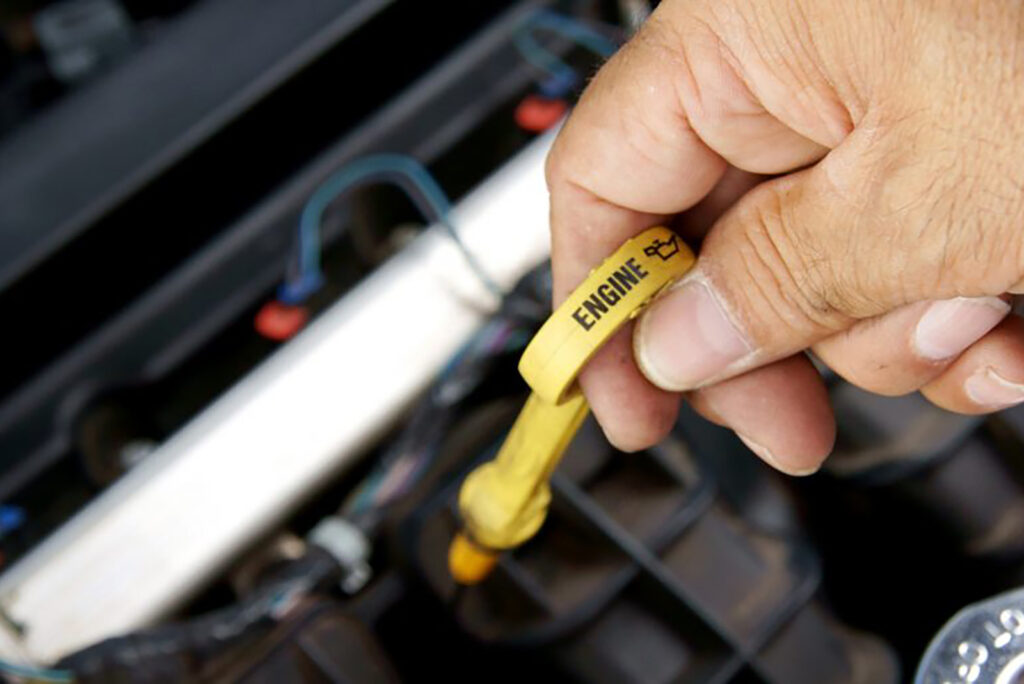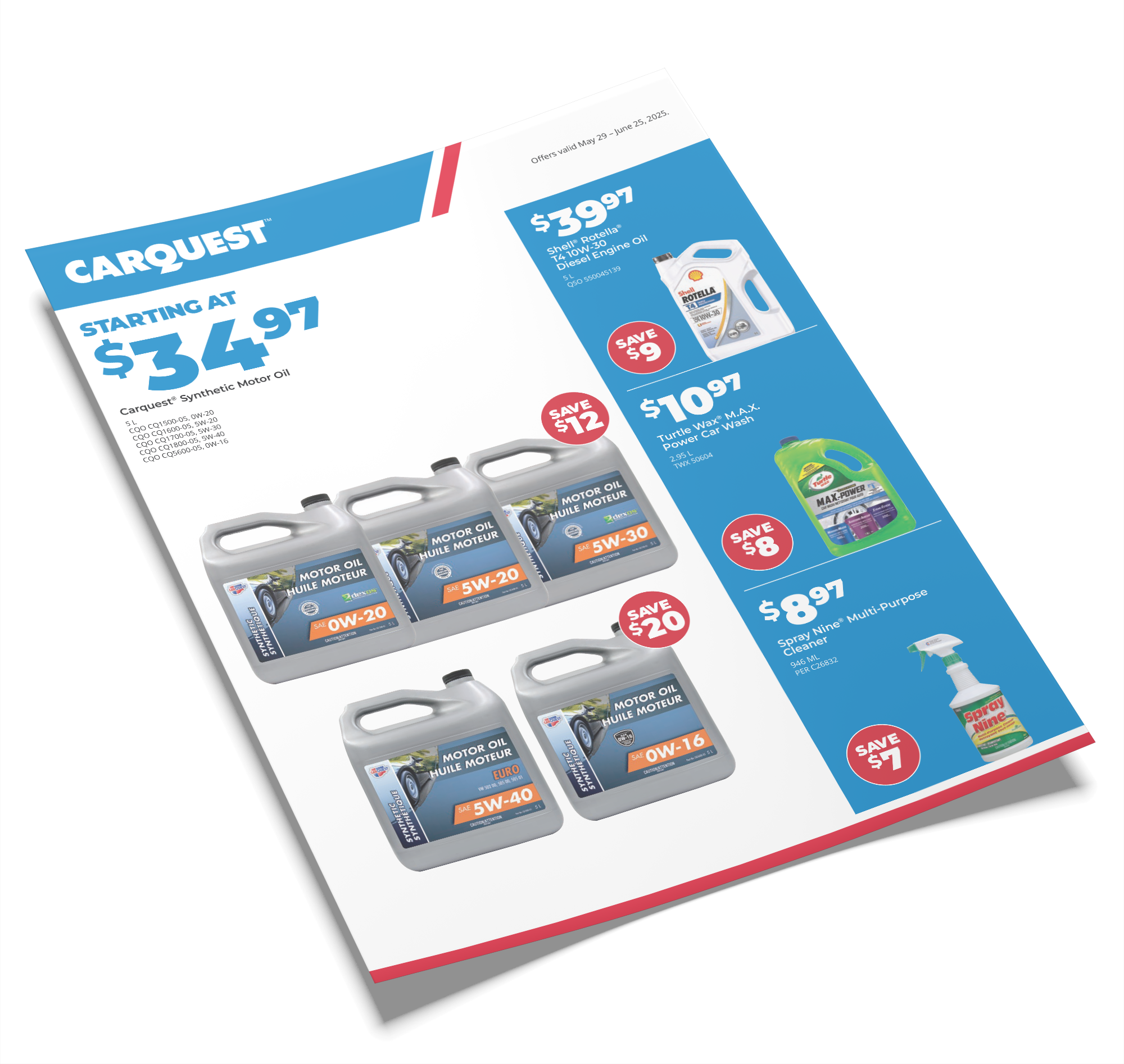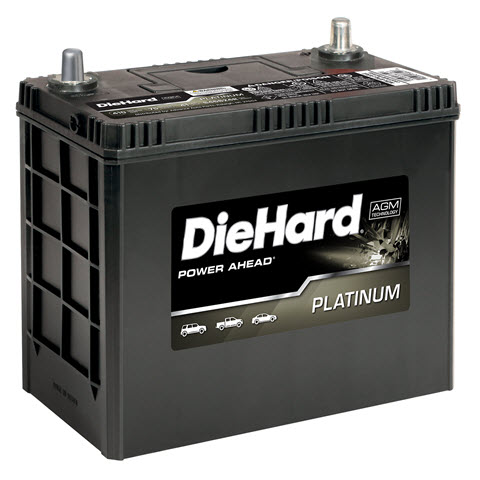Motor vehicles are truly a modern marvel. Nearly everyone in Canada owns a vehicle – 35.7 million vehicles are registered, nearly one motor vehicle for all 39.1 million Canadian citizens – as getting around cold, rural, or cold and rural areas could prove deadly without a working vehicle, especially in the chilly, dreary, winter months.
Arguably the most annoying part of owning a vehicle is maintaining it. Automobile manufacturers don’t just suggest inspections, tune-ups, and top-offs for the fun of it; regular car maintenance can prevent breakdowns, improve performance, and extend the life of your automobile.
Included below is a basic car maintenance schedule. Whether your own a van, truck, SUV, car, or something else, it doesn’t matter – maintenance it.
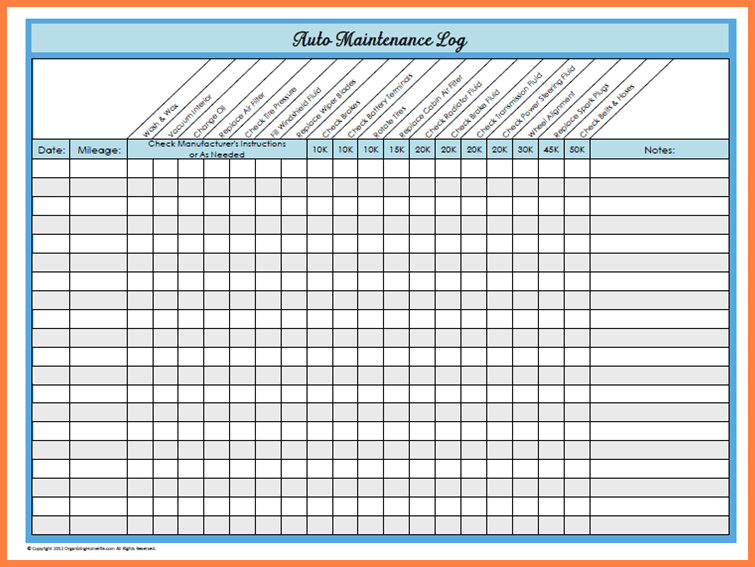
Check These Areas At Least Every Month
Pay Attention To Where The Rubber Meets The Road
First of all, check all four tires’ air pressure on a regular basis.
The United States has at least one advantage over Canada, and that’s the price of auto parts.
Here in the Great White North, a set of four domestic car tires costs roughly 25 percent, on average, more than they would be down South. Going to the trouble of purchasing American products isn’t exactly convenient, and nobody wants to fork over short of 1,000 CAD for a set of tires.
However, it’s never a good idea to ride on tires that are excessively bald. Try checking remaining tread with a quarter, never with a penny. Tread length is measured in 1/32-inch denominations. Tires typically come equipped with 12/32 inches of tread; once it reaches 4/32 inches in length, a change is warranted.
If you’re really trying to stretch your money, you can semi-safely ride your tread down to 2/32 inches. However, if you can possibly afford it, replace the tread at 4/32 inches, never less.
Test this by sticking a quarter, caribou’s head facing downwards, into the tread. If you can see its antlers, it’s time for a new tire. In the following video, some silly American is using the wrong coin. Somebody should comment and tell him the Canadian Dollar’s worth a bit more — any takers?
Don’t Forget The Lights
Preferably more than once a month, check all the exterior lights your vehicle houses. Any bulbs not working, or dimmed? Try wiggling them first.
No dice? You should replace malfunctioning bulbs immediately.
Automotive lightbulbs are typically one of the cheapest car parts available, fortunately for you. Consider storing a replacement for each particular type of bulb somewhere in your vehicle, as failing to have your vehicle properly illuminated could get you pulled over by the coppers.
Paying Attention To The Check Engine Light Can’t Hurt
Although the dreaded check engine light can turn on for the silliest reasons, getting your engine’s codes checked at an auto parts dealer as soon as it pops up is an effective means of preventing serious problems in the future.
Let’s Slow It Down – Only Mind These Every Three Months
Identify Any Battery Corrosion
Pop your hood. See any green, white, grey, or blue gunk around your battery’s terminals? This corrosion can cause battery problems, even though it could be fully charged.
An easy, effective way to knock corrosion off of battery terminals is by using an acidic drink. Most people use Coca-Cola, Pepsi, RC, or another similar drink. Diet versions work fine.
It’s Oil Change Time
Unless you don’t drive your vehicle in question very often, oil changes should come every three months, given you’ve used your automobile for at least 5,000 kilometers during that time frame.
Taking the automobile for oil changes to reliable mechanics or, better yet if you’re on a budget, franchised chains of vehicle tune-up services.
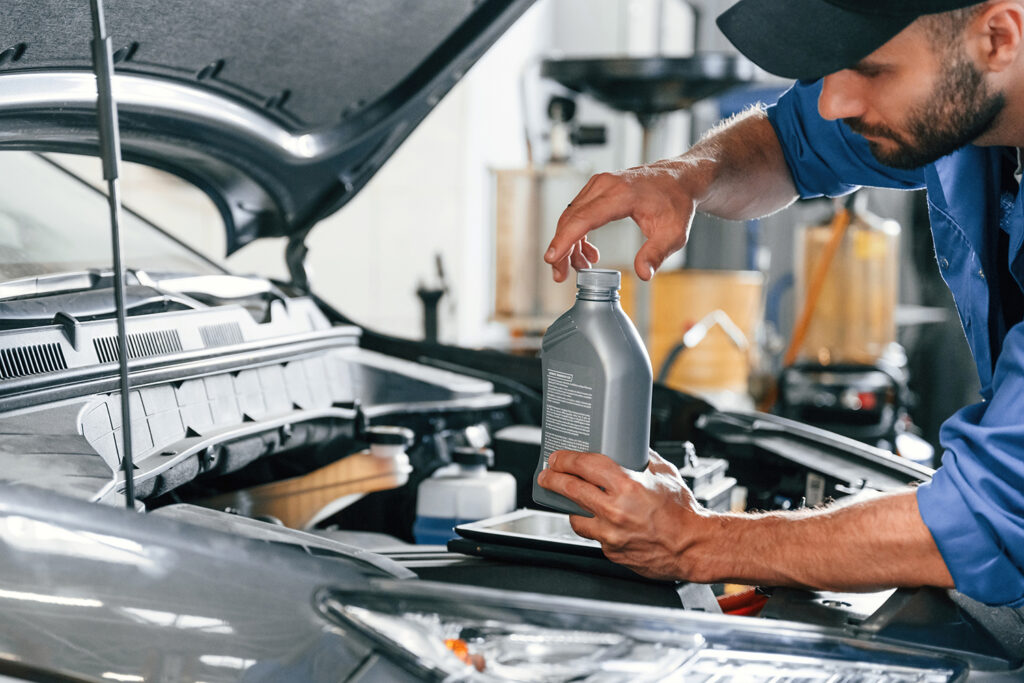
Keep Tabs On Your Belts
Modern vehicles typically have a handful of belts, each of which perform specific duties. The timing and serpentine belts are the two most important on any vehicle you’ll ever drive.
After locating each belt – don’t forget to shut your vehicle off beforehand – make sure there are no cracks, wear, tear, or stripping on either piece of rubber. It’s also time to replace either one if it squeaks, smokes, squeals, or otherwise makes noises.
Belts typically aren’t expensive, and often don’t have to be replaced more frequently than every 60,000 kilometers.
Twice-Yearly Inspection Time
Check All Fluids
Since you’re probably changing your motor oil more frequently than once every six months, inspecting your vehicle’s dipstick isn’t necessary at this point. However, keep an eye on the following fluids:
- Power steering fluid – If any debris is present, flush and replace. Make sure it’s always topped off. Be careful to not knock dust, dirt, or debris into the reservoir when topping up or inspecting.
- Transmission fluid – Without transmission fluid, your vehicle couldn’t shift gears. Locate the only other dipstick under the hood. It should be smaller than engine’s oil stick, and should be replaced if it smells burnt or is low. Otherwise? Only change every 100,000 kilometers, minimum.
- Brake fluid – Really only necessary it your brakes aren’t stopping firmly. However, it’s necessary for safe driving.
See How Dirty Your Air Filters Are
Your vehicle’s two filters keep fine particles where they aren’t supposed to be – but only one’s truly important.
Air filters aren’t as cheap as most lightbulbs, though they’re one of the cheapest car parts that is integral to regular vehicular function. Never skimp on the engine air filter; changing the cabin air filter comes at your discretion, as long as you’re not sneezing every time you turn the air on.
Once Per Annum – Get To Checking Everything Else
Antifreeze levels are especially important to maintain, living in Canada.
Pay special attention to brakes, battery cables, hoses, and the battery itself. All done? Get back on the road – class has ended.
Also keep in mind that keeping your car safe is important and one way to avoid buying a new car.
